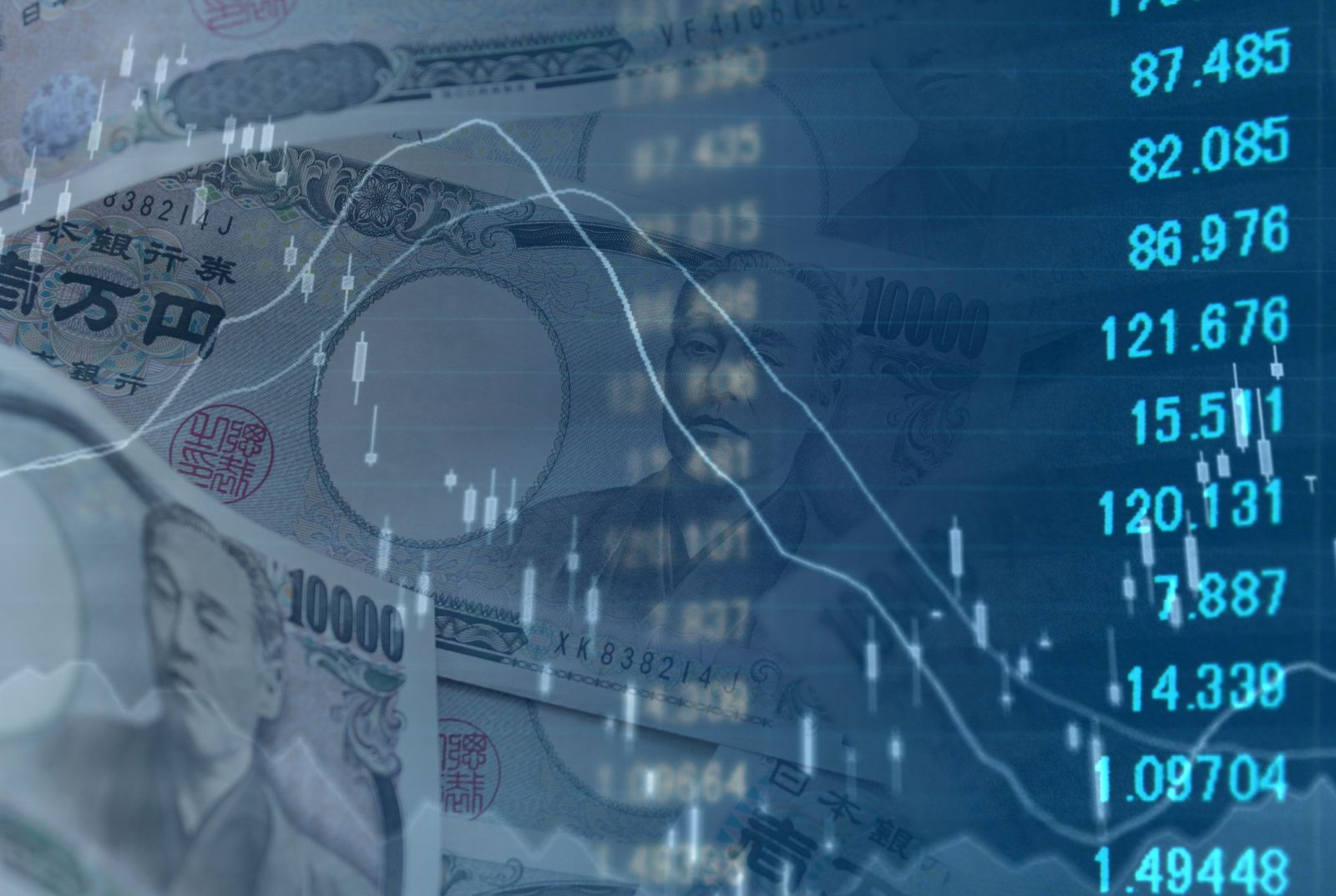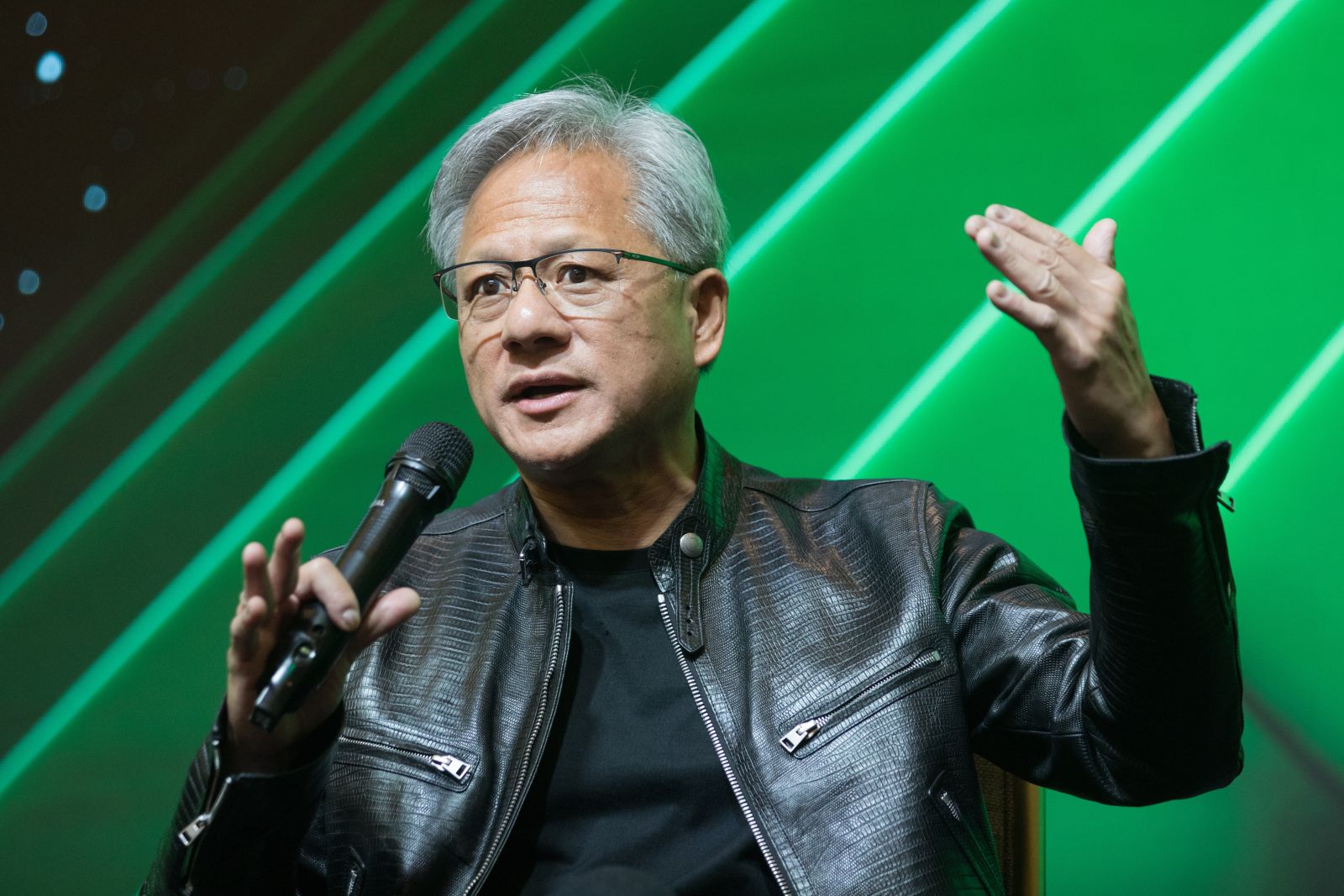
After three lost decades, the Japanese stock market suddenly soared to the highest level since the 1990s, and investors such as Warren Buffett are pouring money into Japan again. The Nikkei 225 Index gained nearly 30% this year, making it one of the year’s best performers among developed markets.
To find out why investors become so bullish on Japanese stocks and how to play this development, we spoke with Marco Santanché, a former strategist at Credit Suisse and Neuberger Berman, and the author of the monthly research series Quant Evolution.
Why Japan?
Hedder: Why are investors putting big money into Japan again, after three decades of lukewarm interest?
Santanché: Basically, the Tokyo Stock Exchange (TSE) is implementing new reforms to compel those companies with a price-to-book (P/B) ratio less than 1.0 times to improve profitability and support their share price. P/B ratio is a financial metric that compares a company's market value to its book value, which represents the net assets of the company. TSE is also requiring them to demonstrate how they have engaged investors and to begin publishing public disclosures in English. Companies who cannot meet the new requirements will face the risk of delisting.
The objective is to push Japanese companies, whose management is often perceived as resistant and adversarial towards shareholders, to prioritize capital efficiency, profitability and transparency.
Coupled with Buffett’s bullish stance on Japanese stocks, this has helped boost confidence among international investors, and is the main reason why Japanese stocks are performing well lately.
It is also worth noting that the fundamental economic conditions in Japan fare better than in other developed countries. Its GDP growth rate, for instance, is forecasted to outpace that of Europe and almost match that of the US over the next two years.
Investing in Japanese stocks
Hedder: That sounds like an interesting development. How can I invest in Japanese stocks as an international investor?
Santanché: There are many Japan-focused ETFs one can choose from, and this is probably the easiest way to trade Japanese stocks. These funds hold a basket of Japanese stocks and give you exposure to the overall Japanese market or specific sectors. Examples of these ETFs include iShares MSCI Japan ETF (EWJ), WisdomTree Japan Hedged Equity Fund (DXJ), and Franklin FTSE Japan ETF (FLJP).
Another option is to invest in American Depositary Receipts (ADRs). ADRs are US-listed securities that represent shares of foreign companies. Some Japanese companies have ADRs listed on US exchanges, making it easier for international investors to trade their stocks.
ETF strategies
Hedder: Is there any potential ETF strategy to capitalize on the latest developments?
Santanché: If the new reforms truly keep the promises, and other things being equal, Japan could outperform other major markets over the next 3-5 years. There are two possible ETF strategies that cater for different scenarios.
The first strategy is to focus on growth stocks with low capital efficiency but strive to maintain listing on the TSE under the new rules. Global X Japan Tech Top 20 ETF, for example, gives investors exposure to this type of growth stocks. The logic is that these companies are strongly incentivized to improve their financial performance given the risk of delisting under the new rules. It might be risky, but one can reduce the risk by investing in a basket of companies.
Another strategy is to focus instead on value stocks. The logic here is that the reforms should instill strong confidence in those companies with healthy balance sheets. These companies are poised to benefit from maintaining their listing status and potentially experiencing reduced competition. This is due to the possibility of non-capital efficient companies being delisted as they fail to meet the requirements. An ETF of this strategy would be the iShares MSCI Japan Value ETF.
Hedder: Given that the Nikkei 225 has already risen to the highest level in 33 years, how do you determine time or entry point of the ETF strategies you described?
Santanché: In general, it depends on your approach and portfolio. If we are building a long term portfolio, entry points are less relevant because we normally expect the equity market to be higher in 5 years than now.
If we are talking about tactical asset allocation, we might instead construct the portfolio with a relative value strategy. For example, an investor might believe that US stocks are somewhat overvalued as of now, in which case the relative value strategy will go long Japan and short US, and profit from a widening in their spread, regardless of the absolute market conditions.
For more insights on investment strategies, visit Quant Evolution, a monthly research series on ETF plays.
On the date of publication, Hedder did not have (either directly or indirectly) positions in any of the securities mentioned in this article. All information and data in this article is solely for informational purposes. For more information please view the Barchart Disclosure Policy here.




/Tesla%20Inc%20tesla%20by-%20Iv-olga%20via%20Shutterstock(1).jpg)
/Chipotle%20Mexican%20Grill%20lunch%20by-%20dennizn%20via%20Shutterstock.jpg)

/Stickers%20with%20AMD%20Radeon%20and%20Nvidia%20GeForce%20RTX%20graphics%20on%20new%20laptop%20computer%20by%20Piotr%20Swat%20via%20Shutterstock.jpg)